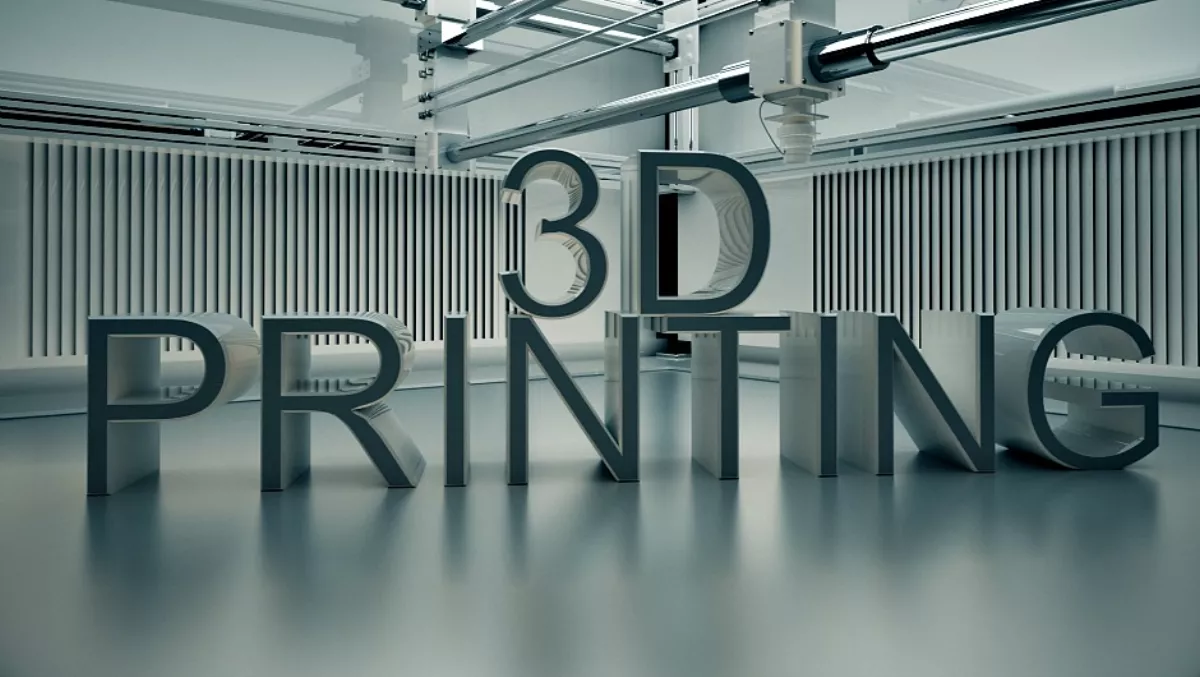
A start-up has developed a first-of-its-kind, lightweight, solar-powered electric scooter with the help of Stratasys PolyJet and FDM 3D printing technology.
Floatility GmbH, a start-up based in Germany, created the e-floater scooter with the objective to 'redefine the modern way of travelling in cities worldwide'.
The scooter houses an electric-motor and drives on three wheels, enabling users to stand upright and ride freely without physical exertion, according to the company.
As an 'intelligent' vehicle, the e-floater is also able to communicate to its owner in real time where it is located and the condition it is in.
In order meet the product's launch date of November, Floatility utilised both Stratasys FDM and PolyJet 3D printing technologies particularly in the product development phase to create a working prototype.
Floatility says an additional benefit was that this achieved significantly more cost-savings than using traditional methods.
"The need to build prototypes that exactly resembled the final product and that would enable us to test everything thoroughly was vital to the successful launch of this product," says Oliver Risse, Floatility founder.
"3D printing was essential in this regard as it allowed the team to physically test the design and concept of e-floater as if it were the final product.
“This not only sped up the product development cycle, but dramatically reduced our product development costs.
“We would have not been able to take this product from concept to launch without using Stratasys 3D printing solutions to develop a working prototype - it's as simple as that,” Risse says.
As well as improved time and cost efficiencies, the decision to use multiple Stratasys 3D printing technologies was also based on the capability to combine different materials in one print, which enabled the prototype versions to comprise both soft and hard materials.
This saw the team produce soft components such as the tail- and front lights, wheels and grips on the PolyJet-based Objet500 Connex3 Color Multi-material 3D Printer, while the super-tough components were 3D printed using the mechanically-strong and UV stable, FDM-based, ASA material on the Stratasys Fortus 450 3D Product System.
According to Risse, the less favourable alternative would have been to use silicon molding to create the prototype.
"This was not ideal for a number of reasons. Not only would it have entailed an assembly of up to 20 parts, but the costs would have been significantly higher and the production time would have been double to that achievable with 3D printing," he says.
"The e-floater is a perfect example of how 3D printing enables designers and inventors to turn their concepts into fully-operational products quickly and cost-effectively," says Andy Middleton, Stratasys EMEA president.
"In this case, the blend of both our core 3D printing technologies proved instrumental in bringing another exciting and innovative product to market and, as a company, we're delighted to play a part in helping Floatility - and other start-up businesses like them - bring their ideas to products," he says.

